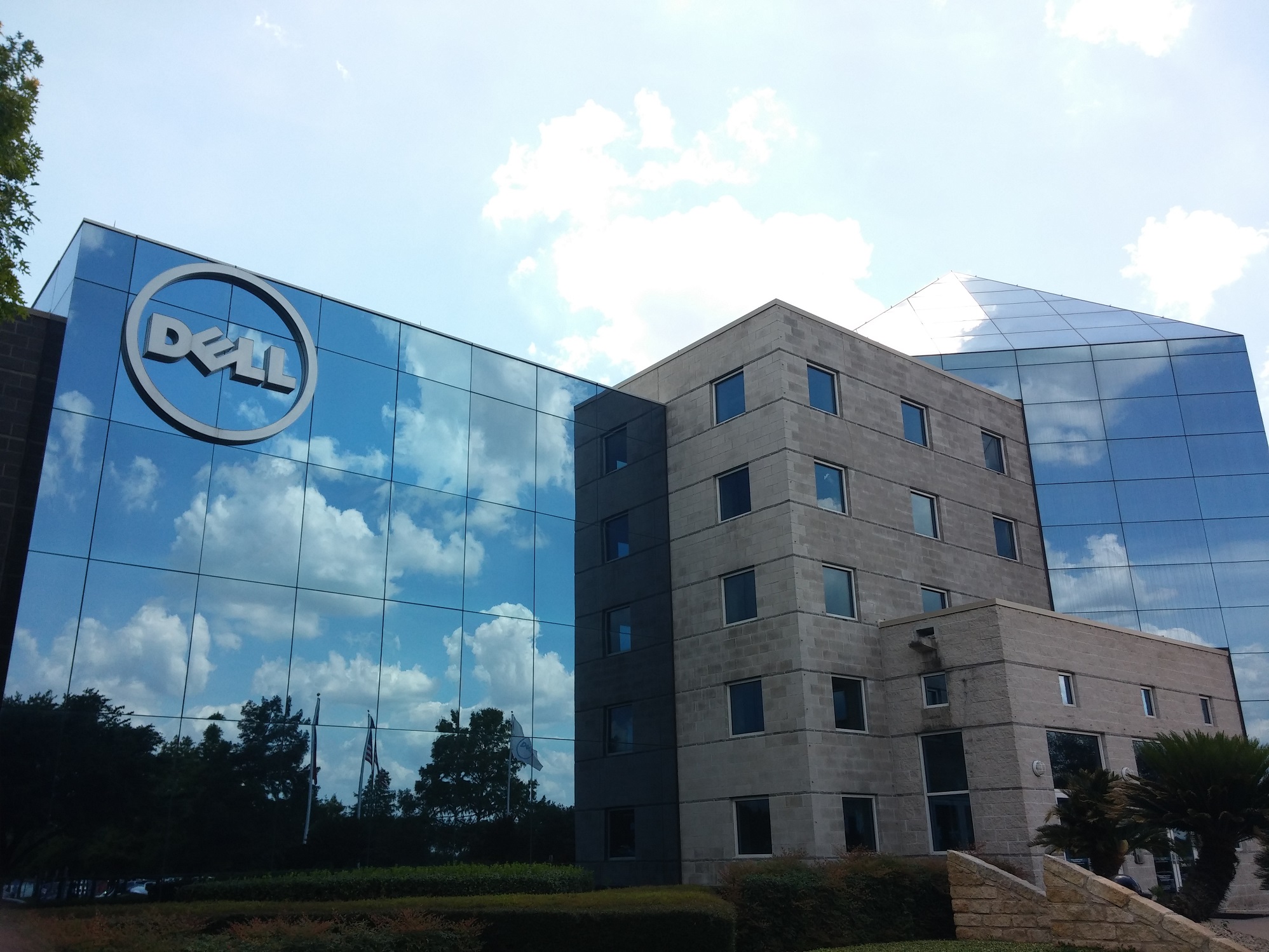
Dell has updated its Storage Centre Operating System 7 (SCOS 7) in its latest attempt to grab a piece of the expanding flash-based storage architecture market.
The SCOS 7 elevates and abstracts data control through increased virtualisation, and unifies Dell‘s storage ecosystem across multiple portfolios.
Dell claims the new release delivers business benefits including lower acquisition costs across flash and hybrid arrays, lower lifecycle costs through elevated, simplified management, and increased flexibility to respond to business and technology changes.
In addition, the SCOS 7 has been designed to enhance support for virtualisation and cloud strategies, and help increase portfolio-level investment protection.
Bob Fine, director of product management for storage at Dell, told CBR: "With SCOS 7, we are giving customers the ability to use different types of drives in all flash or in a hybrid system and chose those high levels of performance at the lowest level of cost possible.
"One of the core capabilities of the SC architecture over the last few years it has been to mix different kinds of drives together, so we can blend the characteristics of performance, capacity and cost.
"We can give all customers an all flash configuration under $0.45 per GB, we are calculating here duplication and compression. All customers can configure their spin drive for $0.10 per GB as well."
The SCOS 7 also answers the needs for data deduplication and compression. The product includes Dell’s patented technology Intelligent Deduplication and Intelligent Block-Level Compression.
The company claims that it can offer deduplication which has zero impact on write performance.
SCOS 7 data reduction is fully-integrated with the SC Series’ innovative platform efficiency features, including Dell auto-tiering technology.
Deduplication and compression each get applied automatically and dynamically to optimise performance and cost savings throughout the data lifecycle.
Fine said: "Over the last two or three years, we started to see that a lot of vendors in the market were either using deduplication and some were using compression. What we wanted to do was offer our own version of compression and deduplication to give customers a better way to provide data efficiency.
"We came out with a new way that leverages the core technology that we had in our existing software but use it now for flash. It took us a few years to add the features, test it out, and come up with a way that is different in the industry."
According to the company, the SCOS 7 also elevates storage management control as a future-proofed capability. This can, for example, help customers respond to changing requirements as time goes by.
With Dell’s new Live Migrate feature, storage administrators can now move volumes quickly and seamlessly between arrays, optimising and re-balancing the environment without interrupting workloads and without purchasing additional virtualisation hardware or software.
Furthermore, the updated version of the OS has enhanced granular management and control tools. This includes support for VMware VVOLs, which allows provisioning, monitoring and management of storage at a virtual machine level.
Lastly, Dell also released the Dell Storage Manager (DSM) software, to help unify the storage ecosystem in the data centre.
The DSM provides a common management platform with an HTML5-based interface for SC, PS and FS products.
Fine said: "Customers continue to look for a more flexible storage architecture that is cost efficient that meets their needs today and in the future. In between those requirements, today, the single most impactful technology is flash.
"Flash storage devices when added into a storage array can deliver a lot of benefits and help solve a lot of customers’ problems. The biggest barrier to flash adoption has been cost, and what we are doing with this release is providing a revolutionary approach that can help our customers adopt flash because of much better economics that they have seen before."






